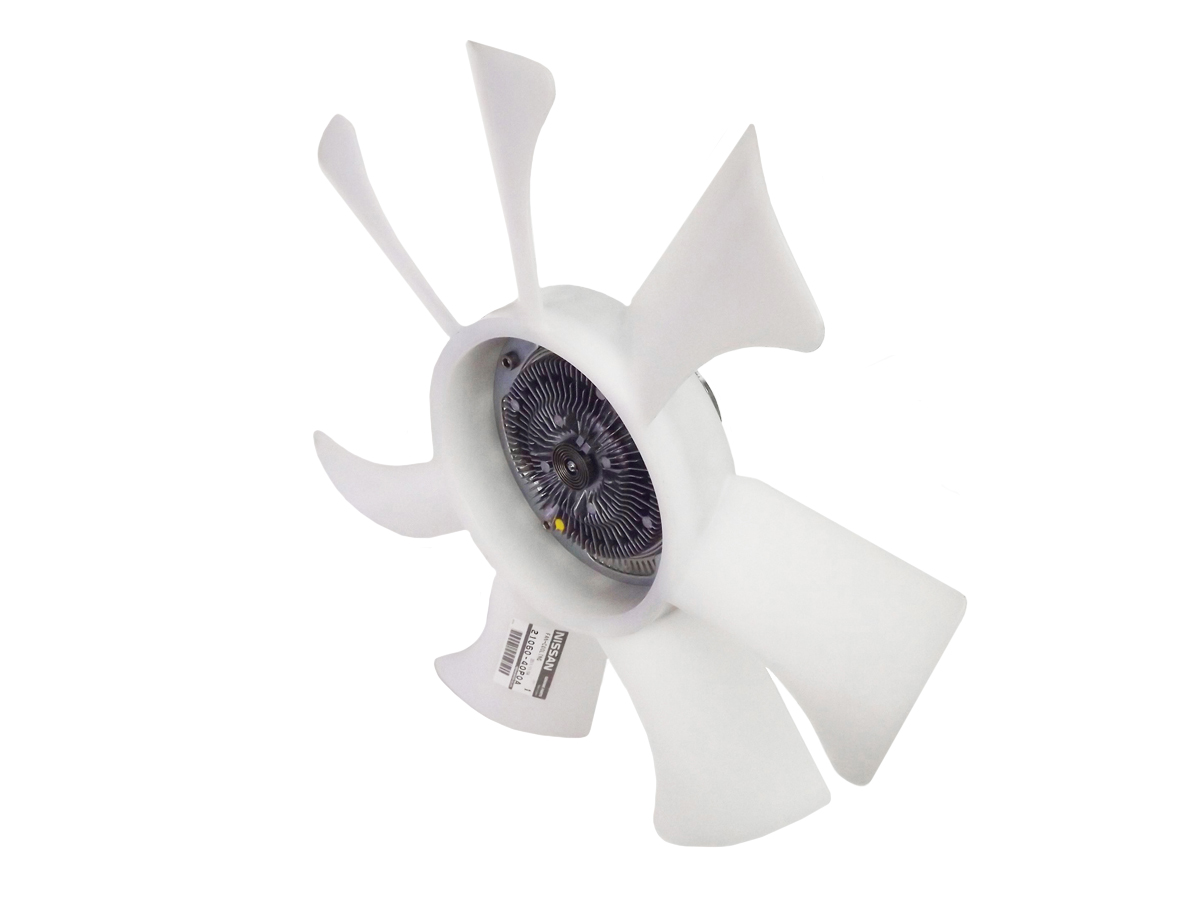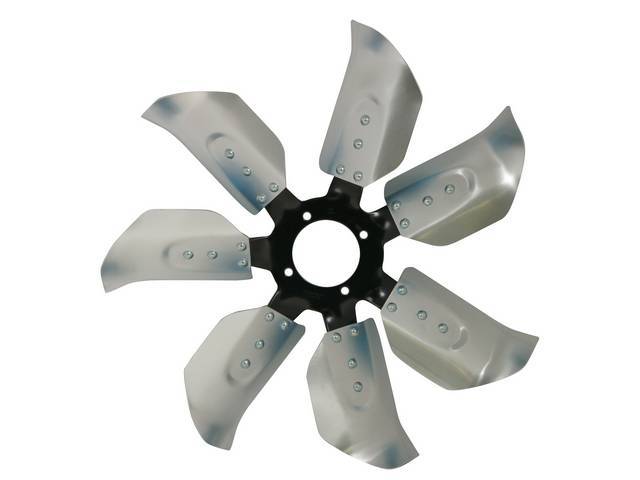The Basic Principles Of Fan Blades
Table of ContentsAbout Fan BladesAn Unbiased View of Fan BladesFan Blades Can Be Fun For EveryoneHow Fan Blades can Save You Time, Stress, and Money.

As engine temperature boosts, try to find an abrupt jump in fan speed. Some electronic testing and knowledge of a scan tool might be needed to detect electronic fan clutches and the sensing units utilized to figure out fan engagement. The internal combustion engine produces a lot of heat, which the engine cooling system is entrusted with moderating. fan blades.
On the other hand, too much heat can be a big problem, melting non-metal engine parts and rendering lubricating oil useless. An overheating engine might actually weld itself into scrap metal. If your fan clutch has actually spoiled, replace it as soon as possible to prevent engine damage. While you're at it, consider the performance and fuel economy advantages of upgrading to electric cooling fans.
The state of California needs that this warning be posted for people acquiring items that reside in California. CAUTION: Products might contain one or more chemicals known in the State of California to trigger cancer and/or birth problems or other reproductive harm (fan blades). To learn more, check out www. P65Warnings.ca. gov Fan to clutch: 17 ft pounds Clutch to water pump: 41 feet lbs Engine fan clutch on recreational vehicle 8.
You're crawling along in traffic and, regardless of the fact that your pickup bed is empty, the coolant temp is annoyingly high. Then you realize that the air conditioning system is blowing warm. You shut off the a/c and open the windows just as the traffic breaks and you speed up. The coolant temperature drops.
Facts About Fan Blades Uncovered
At home, you raise the hood, puzzled. The coolant level is right on, no hoses are dripping and the accessory belt is undamaged. You start the engine, let it idle and make a visual inspection. There's no sign of belt slippage, but the radiator cooling fan hardly appears to be spinning.
If your truck is like many, the cooling fan is installed to its drive pulley via a clutch. Clutch fans run at various speeds under different conditions to assist minimize drain on the engine and to conserve fuel. When the engine Read Full Report is hot, the clutch fan runs nearly as fast as the engine.

The hotter air causes the thermostatic spring to relax and open the valve. Silicone fluid from the reservoir chamber flows into the main chamber, engaging the clutch, and the fan spins quicker (though it's still slightly slower than the engine). A broken or weakened thermostatic spring in the clutch center can not be replaced or repaired Silicone fluid exuding past the bearing seal means the clutch should be replaced.
To verify the diagnosis, start with this easy test: Spin the fan as difficult as you can on an engine that has actually not been begun that day. If the fan rotates more than five times, you can bet the clutch is bad. You need to feel some resistance and the fan might spin approximately 3 times, depending on the ambient read here temperature.
What Does Fan Blades Mean?
You need to do more tests. A couple of late-model pickups and SUVs, such as Ford diesels and the Chevy Pioneer and others with the 4. 2-liter inline 6, have an electronically managed valve for the fan clutch. In these vehicles, the silicone fluid doesn't drain pipes back overnight, so the fan may barely spin on a cold engine.
If your fan clutch is not running the way it should, it's likely due to a fluid leak or a bad thermostatic spring or valve. When a leakage happens, it's at the bearing seal, at the center back of the clutch. Run your finger around the joint and if you get a big dollop of black goo, that's silicone fluid that has leaked from the real estate.
A light smear of silicone fluid might be normal seepage-- no seal is ideal. Clearly, if a considerable amount of fluid is missing out on, the clutch will not spin as quick as it should. As for the other possible culprit, a lot of stopping working thermostatic springs open the valve too soon. This premature clutch engagement implies the fan spins faster than it should, but that does not make the engine or a/c run hot.
Let's state spinning the fan didn't expose a problem, there's no leakage and you believe the spring is okay. You could still have a bad valve. Here's how to find out. You'll need to evaluate the temperature level of the air moved by the fan using a probe-type thermometer that checks out to at least 220 F, preferably to about 250 F.

How Fan Blades can Save You Time, Stress, and Money.
